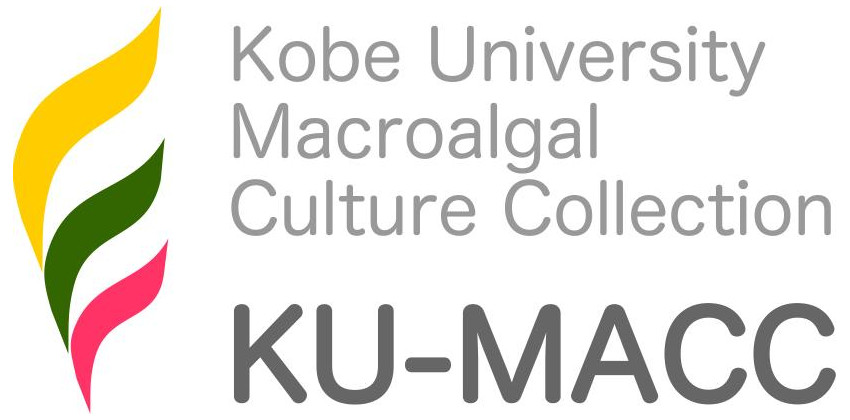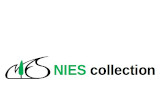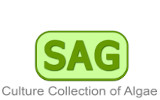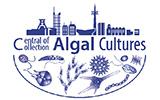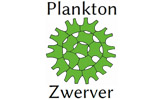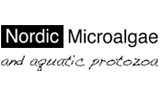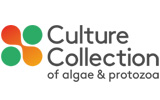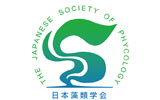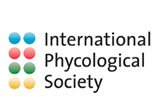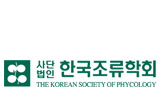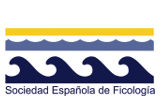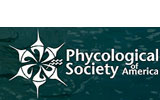Cymbella rupicola Grunow 1881
Publication Details
Cymbella rupicola Grunow 1881: pl. 71: figs 70, 71
Published in: Schmidt, A. et al. (1874-1959). Atlas der Diatomaceen-kunde. . Leipzig: Aschersleben.
Type Species
The type species (lectotype) of the genus Cymbella is Cymbella cymbiformis C.Agardh.
Status of Name
This name is currently regarded as a synonym of Cymbopleura rupicola (Grunow) Krammer.
Source of Synonymy
Krammer, K. (2003). Cymbopleura, Delicata, Navicymbula, Gomphocymbellopsis, Afrocymbella. In: Diatoms of Europe, Diatoms of the European Inland waters and comparable habitats. Vol. 4. (Lange-Bertalot, H. Eds), pp. 1-529. Rugell: A.R.G. Gantner Verlag K.G..
Type Information
Type locality: "Salzburg' [Austria]; (Schmidt & al. 1874-1959: pl. 71: figs 70, 71) Notes: Type: W coll. Grunow 1666.
Origin of Species Name
Adjective (Latin), found growing on rocks or cliffs.
General Environment
This is a freshwater species.
Created: 11 April 2002 by M.D. Guiry.
Last updated: 22 January 2024
Verification of Data
Users are responsible for verifying the accuracy of information before use, as noted on the website Content page.
Nomenclatural note
Seemingly originally first introduced without a description, but validated by analytical figures (Melbourne Code; see ICN Art. 38.7 "For the purpose of Art. 38.5, prior to 1 January 1908, an illustration with analysis (see Art. 38.9 and 38.10) is acceptable in place of a written description or diagnosis."). - (18 January 2016) - M.D. Guiry
Linking to this page: https://www.algaebase.org/search/species/detail/?species_id=33354
Citing AlgaeBase
Cite this record as:
M.D. Guiry in Guiry, M.D. & Guiry, G.M. 22 January 2024. AlgaeBase. World-wide electronic publication, National University of Ireland, Galway. https://www.algaebase.org; searched on 07 June 2025
